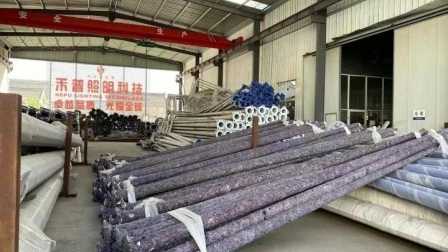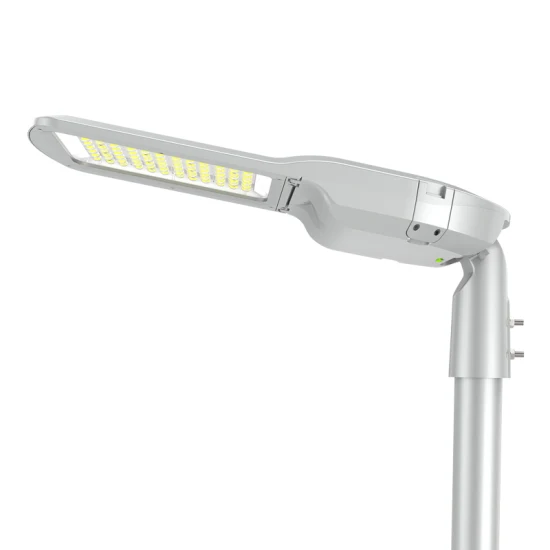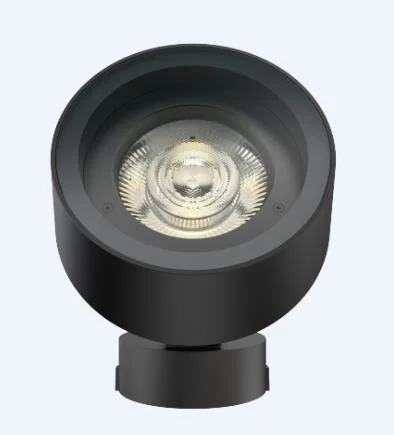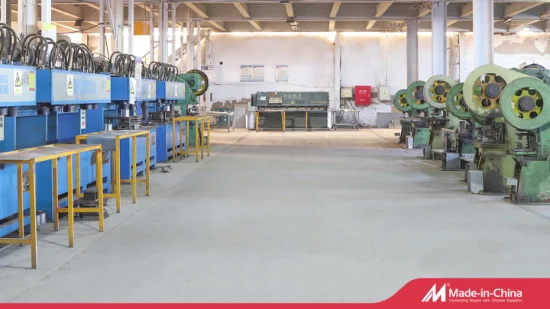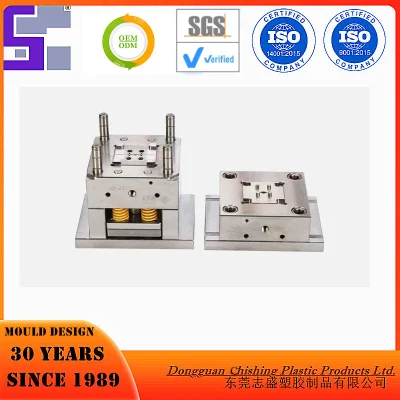
BIPV Solar Roof Solar System Price Cheap Polycrystalline Solar Panel Efficiency for House BIPV Limited
Package size per unit product 58.60cm * 40.00cm * 10.00cm Gross weight per unit product 7.000kg How long does a solar pa
Send your inquiryDESCRIPTION
Basic Info
| Model NO. | JS360DG-54e 1/2 |
| Application | Industrial |
| Condition | New |
| Certification | ISO, CE, TUV |
| Material | Monocrystalline Silicon |
| Dimensions | 586mm*400mm |
| Weight | 5kg |
| Glass (Material/Thickness) | Tempered Glass/3.2mm+Tempered Glass/3.2mm |
| Junction Box | ≥IP67 |
| Plug Connector | Mc4 |
| Transport Package | Carton/Wooden Box |
| Specification | 1780*1180mm |
| Trademark | GAINSOLAR |
| Origin | Hebei China |
| HS Code | 85414300 |
Packaging & Delivery
Package size per unit product 58.60cm * 40.00cm * 10.00cm Gross weight per unit product 7.000kgProduct Description


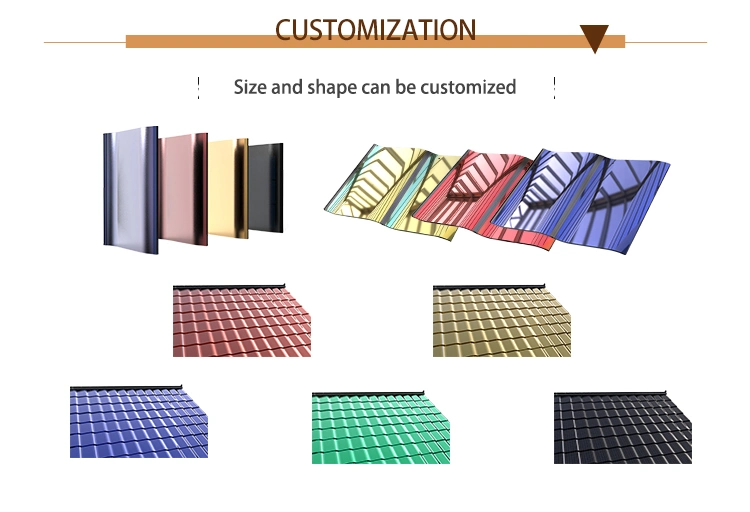


| PHYSICAL PARAMETERS | |||
| Product model | JS30DG-6e | Junction box | ≥IP67 |
| Color | Black | Cable type | 300mm / 4mm² /Customizable |
| Dimensions | 586*400mm | Plug connector | MC4 |
| Weight | 5kg | Life span | >30years |
| Glass (material/thickness) | Tempered glass/3.2mm+Tempered glass/3.2mm | ||
| ELECTRICAL PARAMETERS(STC) | |||
| Solar cells | Monocrystalline | ||
| Power output(Pmax ) | 35W | Current at Pmax(I mpp) | 6.14A |
| Module efficiency(%) | 15% | Open-circuit current(Voc) | 6.74V |
| Voltage at Pmax(Vmpp) | 5.7V | Short-circuit current(Isc) | 6.53A |
| OPERATING CONDITIONS | PERFORMANCE GRADE | ||
| Max. system voltage | 1500VDC | Load grade | 2400Pa |
| Max. series fuse rating | 20A | Fireproofing grade | ClassA |
| Operating temperature range | -40°C~+85°C | Anti-hail grade | Φ25mm/23m/s |
| Max. static load, front (e.g., snow) | 5400Pa | Operating temperature | -40ºC~+85ºC |
| Max. static load, back (e.g., wind) | 2400Pa | Operating humidity | 0-80% |
| Max. hailstone impact (diameter / velocity) | 25mm / 23m/s | ||
How long does a solar panel last?Most solar panels have a guaranteed lifespan of 25 years-30years.Can the solar panel be damaged by wind/snow?Solar panels are well attached to the roof and can take a beating. The panels are so well secured that they can even withstand speeds of up to 150 km/h . Since the surface of the solar panels is very slippery, the snow will slide off in most cases. As a result, the generation of solar energy is often not hindered. An ice layer can form on the solar panel, which will melt away automatically as soon as it stops freezing.How much maintenance do I have to do on my solar panel?Solar panels require little maintenance. Solar panels last at least 25 years, while the inverter lasts 10-12 years. This inverter will therefore have to be replaced halfway through its use. It is advisable to clean the solar panels once in a while, so that optimal solar energy can be generated.
Where Can You Install Building Integrated Photovoltaics (BIPV)? Essentially, anywhere that sunlight directly hits the exterior surface of your home, homeowners can potentially incorporate BIPVproducts into the building design. Companies that operate in the BIPV market continue to find ingenious ways to integrate BIPV products into the building envelope seamlessly. They can be part of standard building components such as façades, roofs, or windows. Though you could not generate electricity by placing solar panels on your home foundation, virtually anywhere that sunlight is present, you may be able to find a BIPV product to install.
What Types of Building-Integrated Photovoltaics Can You Buy?
BIPV products used to be exclusively for roofing. This feature makes sense since our roofs generally receive the most direct solar radiation. Most early innovators in BIPV technology focused on replacing traditional roofing with panels, tiles, or shingles that could generate renewable solar energy while protecting the home from the elements. The impetus for this innovation stemmed from asimple economic calculation. Suppose the average cost of a roofing replacement in the USA costs between $5,500 and $11,500. In that case, solar panels that doubled as a roof could essentially "subsidize" part of the cost of going solar. BIPV products are systems that can function as a component of the building skin or envelope while simultaneously converting solar energy into electricity by serving a dual purpose. Instead of attaching solar panels to a separate roof or façade, BIPV products can offer weather protection, thermal insulation, noise protection, daylight illumination, and even increased safety, along with an independent, clean source of renewable energy for your home. According to one financial analysis, building-integratedphotovoltaic products' total global market size will grow to an astounding $59.5 billion by 2028. As more and more companies rush to enter the BIPV industry, the market could see a compound annual growth rate of at least 20 percent! In practical terms, this means that the options for building-integrated photovoltaics currently available to homeowners and builders will only continue to expand. Prices should also continue to drop as competition stiffens and more innovative products become available. The combination of the plummeting cost of solar energy and innovative technologies in solar energy production (such as thin-film technologies, solar cell efficiency, open-circuit voltage, short circuit current, maximum effect, and fill factor) will almost certainly continue to drive innovation in BIPV products.
The exact amount of energy that BIPV products or systems can produce is contextual. The total amount of energy will depend on several environmental factors related to your home location, including: Insolation/Solar Radiation: The average amount of solar radiation your home receives, as calculated by kWh/m2/day, is the most common way to describe the amount of solar resources in a particular area. Check out this tool provided by the US Department of Energy to determine your home's solar radiation potential. Climate and other Weather Conditions: Both scorching summer temperatures and continuously cloudy/rainy conditions can negatively affect the system output for all types of BIPVs. Also, urban areas with high levels of air pollution may increase cleaning and maintenance requirements to ensure the BIPV systems operate at maximum efficiency. Shading Conditions: Though solar technologies today deal better with shady conditions, the presence of trees, buildings, and other structures that block the sun from your home for long periods of the day will reduce the BIPV system energy production.
Are BIPVs Worth It?
The primary appeal of BIPV products is twofold. BIPV systems increase the space on and around that home where you can turn solar radiation into usable energy for your home. More importantly, is the economic factor because BIPV products serve a double function. They provide renewable energy while also protecting the house, reducing the cost of autonomous solar energy generation for homeowners. By using solar shingles instead of asphalt panels, homeowners can essentially "discount" the roofing price from their solar installation. The same "discount" could also be applied to skylights, railings, skylights, and other places where manufacturers could design BIPV systems.
Related Products
-
![Promotion Luminaire 5000K 3000K Light Wholesale Tunnel Outdoor Explosion Proof LED High Bay Light High Power Outdoor Patio Lights General Lighting UFO LED Light]()
Promotion Luminaire 5000K 3000K Light Wholesale Tunnel Outdoor Explosion Proof LED High Bay Light High Power Outdoor Patio Lights General Lighting UFO LED Light
-
![30W/40W/50W/60W/80W/100W120W Integated Outdoor Solar LED Garden All in One Solar Light]()
30W/40W/50W/60W/80W/100W120W Integated Outdoor Solar LED Garden All in One Solar Light
-
![Solar Garden Lights Outdoor Waterproof LED Pillar Lamp Outdoor]()
Solar Garden Lights Outdoor Waterproof LED Pillar Lamp Outdoor
-
![60W Outdoor Low Price LED 60W All in One Solar Street Light with Pole]()
60W Outdoor Low Price LED 60W All in One Solar Street Light with Pole



